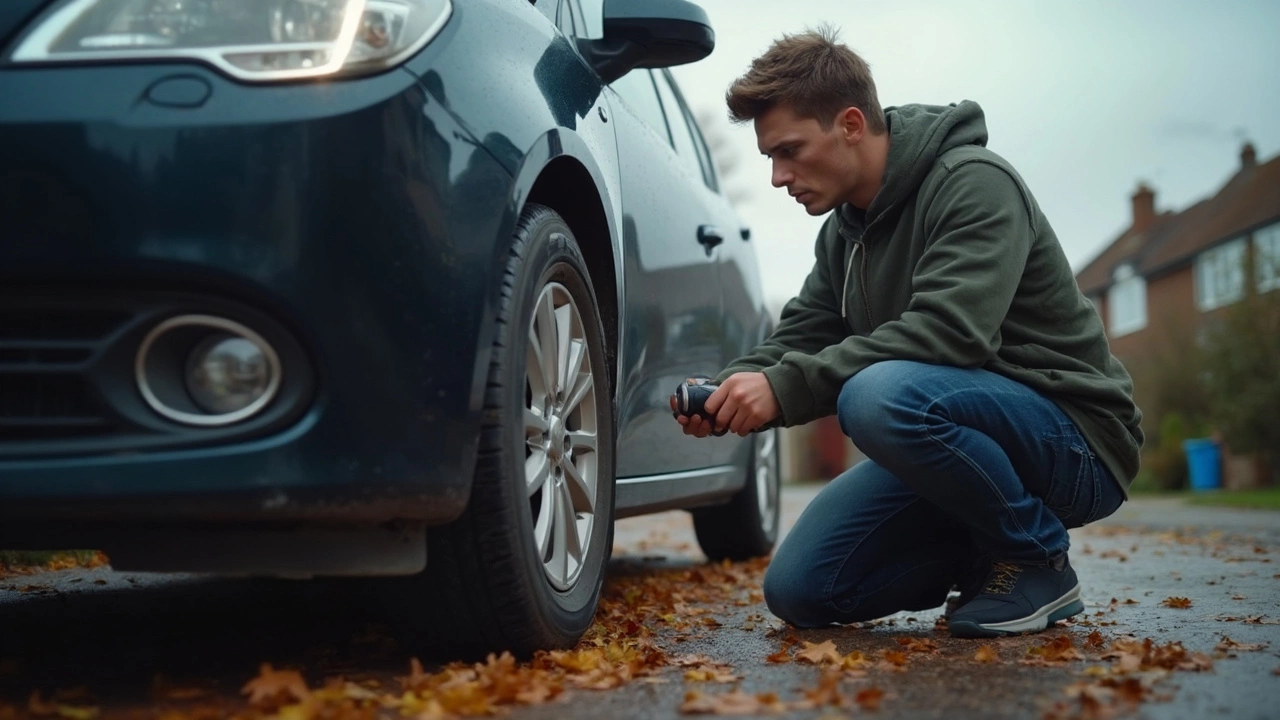Signs of Bad Brakes: What to Look For and Why It Matters
When dealing with signs of bad brakes, the warning cues that tell you your braking system is failing. Also known as brake problems, they can show up as strange noises, soft pedal feel, or longer stopping distances. Recognizing these clues early saves money and keeps you safe on the road.
One of the most common culprits is brake pads, the friction material that presses against the rotor to slow the wheel. When pads wear down, the squeal you hear on light braking is more than annoyance—it’s a direct symptom of insufficient friction. Another key player is the brake rotors, the metal discs that the pads clamp onto. If rotors become warped or thin, you’ll feel pulsating in the pedal and notice a shaking wheel. Brake fluid, the hydraulic fluid that transfers pressure from the pedal to the calipers, also sends signals; low or contaminated fluid makes the pedal feel spongy and reduces braking power. Finally, brake noise, any unusual squeal, grind or clicking while braking, is a quick alert that something is out of balance in the system.
How These Parts Interact and What Drives Their Failure
The brake system works like a team: worn pads increase rotor wear, dirty fluid can corrode calipers, and excess heat from a stuck caliper creates warping. Bad brake signs encompass noise, pedal feel, and stopping distance – a clear semantic link that helps you diagnose the issue. Brake pad wear influences rotor condition because thinner pads force the caliper to grip harder, generating heat that can thin the rotor. Brake fluid health affects pedal response, making the whole system feel soft if the fluid is low or boiled. Understanding these relationships lets you prioritize inspections: start with the easiest check—listen for noise, then feel the pedal, and finally measure pad thickness and fluid level.
Most drivers notice a squeal first, but a soft pedal often shows up later when fluid levels dip. If you combine both symptoms, it’s a strong indication that the entire system needs attention. Ignoring a warning can lead to brake fade or even total loss of stopping power, especially in wet or downhill conditions. Regular checks—visual pad inspection, rotor run‑out measurement, and fluid top‑up—can catch problems before they become costly repairs.
Below you’ll find a curated set of guides that break down each of these signs, show you how to test for them, and explain what to do next. From simple DIY checks to when you should call a professional, the articles will give you the tools to keep your brakes reliable and safe.

How to Tell if Brake Pads Are Bad: Easy Signs You Should Never Ignore
Apr 29 2025 / Brake PadsKnowing when your brake pads are bad isn't rocket science—you just need to know the real-life clues. This article breaks down the easy-to-miss (and hard-to-ignore) signs of worn brake pads, how they affect safety, and tips for spotting issues before they get expensive. Find out exactly what squeaks, vibrations, and warning lights really mean. You'll also learn some clever basics anyone can use to check brake health at home. Save your wallet and catch brake problems before they wreck your day.
VIEW MORE